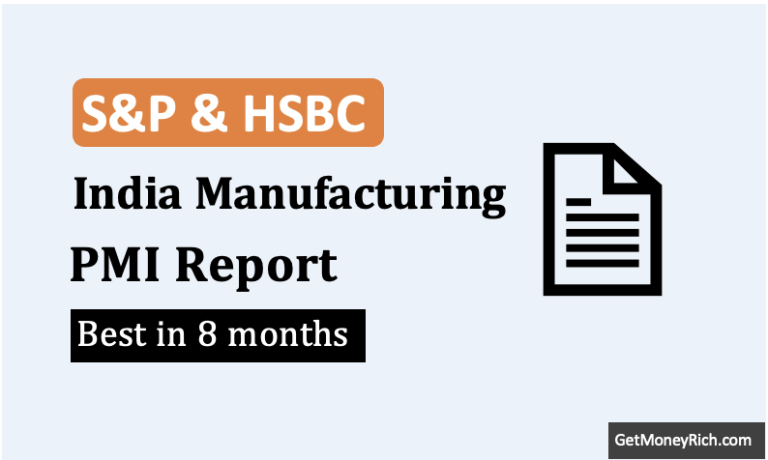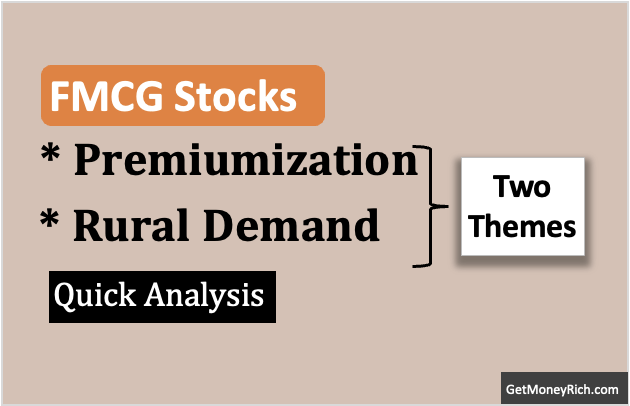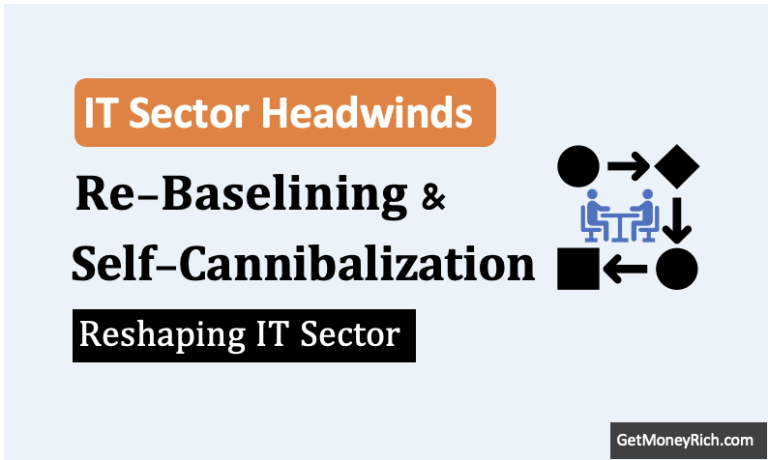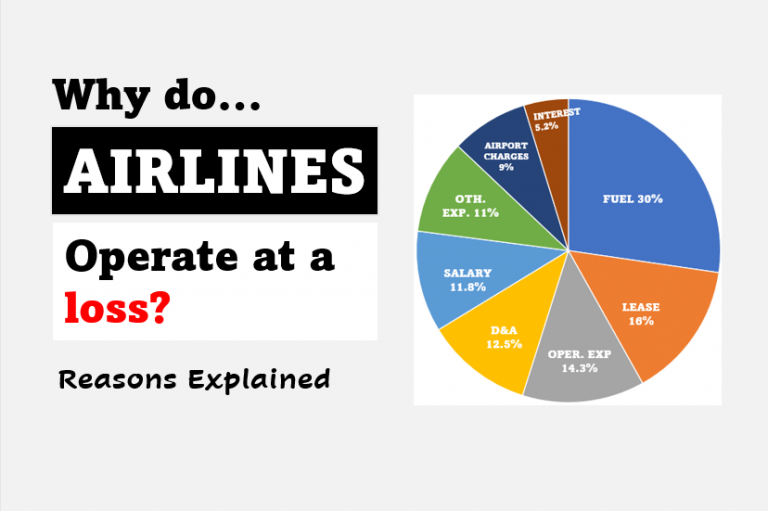Summary Points:
- The Indian Cabinet approved a Rs 25,000 crore PLI scheme on March 28, 2025, to boost electronic component manufacturing, focusing on EMS companies.
- PLI offers cash incentives (4-6% on extra sales) to help EMS firms like Dixon or Kaynes set up factories and cover startup costs.
- It fuels scaling by rewarding increased production, potentially leading to Rs 4,56,500 crore in output and global competitiveness.
- Examples like Foxconn (2020 PLI) and Amber Enterprises show how PLI has already helped EMS firms grow.
- Challenges include skill shortages, logistics issues, and risks of unequal benefits favoring big players.
- The scheme aims to deepen India’s EMS supply chain, create jobs, and build a “Made in India” future.
Introduction
The other day, I came across a news article related to our Cabinet approving Rs 25,000 crore Production Linked Incentive (PLI) scheme, this time for electronic components. That’s a very good news. And it’s not just about numbers, it’s about giving companies a real shot at setting up shop and growing big. Imagine what it could mean for our economy, our jobs, and even our pride. Its a very optimistic news for India.
Today, I want to tell how this PLI scheme works. How it’s like a launchpad for companies to set up and scale their businesses. To keep things real, I’ll use the Electronics Manufacturing Services (EMS) industry as my example.
So, let’s start the post. What’s this PLI all about, and how does it help companies like those in EMS get off the ground and soar?
The PLI Scheme: A Kickstart for Businesses
What’s this PLI thing?
For example, suppose you’re starting a small EMS company. Say, it will make circuit boards for phones or TVs.
Setting up a factory isn’t cheap. It needs land, machines, workers, power bills, it adds up fast. Then, scaling it to compete with giants in China or Vietnam? That’s a whole other headache.
This is where the PLI scheme steps in like that uncle who have deep pockets (the government). It says, “If you set up here and start producing more, we’ll give you a cash bonus for every extra unit you make.”
Take the EMS industry, for example.
The new Rs 25,000 crore PLI scheme, approved on March 28, 2025, is all about electronic components like batteries, PCBs (printed circuit boards), displays, etc. For an EMS company, this is valuable. Here’s how it works. The government says, ‘If you make more stuff than you did last year, we’ll give you extra cash, 4-6% of the money you earn from those additional sales.’
So, imagine an EMS company sells Rs 100 crore worth of PCBs one year. Then they boosts production and sells Rs 150 crore the next year. They have made an extra Rs 50 crore worth of sales? Government will give then 4-6% of those Rs.50 crore (Rs 2-3 crore), as a bonus. That money can pay for startup costs like machines or help them buy bigger equipment to grow.
Setting Up Made Easier: The EMS Story
Let’s talk about setting up a business.
If you’re an EMS company, say someone like Dixon Technologies or Kaynes Technology, you’re looking at a tough road. Machines for making PCBs or assembling gadgets cost crores. Then there’s rent, hiring skilled folks, and figuring out how to beat cheaper imports. Without help, you might think twice before even starting.
Here’s where PLI changes the game.
With this Rs 25,000 crore scheme, an EMS startup gets a boost to set up its factory. The cash incentive means they can afford that fancy equipment or hire more workers without drowning in debt. Look at what happened with the mobile phone PLI in 2020, companies like Foxconn set up massive plants in India because the government sweetened the deal.
Now, EMS players can do the same for components. The scheme’s promising Rs 59,350 crore in investments, that’s the kind of money that will flow in to set-up new EMS factories. PLI can be a lifeline for such companies who are taking their first steps.
Scaling Up: How PLI Fuels Growth
Okay, so you’ve set up your EMS shop. But now comes the real challenge, scaling up.
You want to go from making a few thousand circuit boards to millions, maybe even export them. That’s where costs bite, electricity’s pricey, logistics can be a mess, and imported parts are still cheaper. How do you grow without risking the chance of bankruptcy?
PLI’s got an answer for that. For EMS companies, this scheme rewards you for producing more. Let’s say you’re Syrma SGS, a big name in PCBs. Under PLI, if you double your output, you get a bonus on every extra unit sold. That money can go into expanding your factory, training workers, or even R&D to make better components.
What is the the goal of PLI? Turn you into a global player. Reports, say this could lead to Rs 4,56,500 crore in production.
Take Dixon, for example. They started with TVs and phones, but with PLI, they’re eyeing components too. The cash flow from incentives helps them scale without worrying about every cost. It’s like giving EMS companies wings, they can consider growth and become bigger.
EMS Companies Already Feeling the Heat
Let’s look at some real players in the EMS space who’ve used the 2020 PLI scheme to set up and scale. Companies like Amber Enterprises, they’re into air conditioners and components, jumped on earlier PLI schemes and expanded their plants.
Now, with this new Rs 25,000 crore push, they could go deeper into making finer electronic parts as well. Or think of Kaynes Technology, known for high-tech electronics. The 2025 PLI gives them the cash to scale up fast. Even global giants like Foxconn, who set up in India for mobiles, show how PLI works. They didn’t just assemble here, they scaled to export iPhones worth billions.
For EMS firms, this new scheme could mean the same, start small with components, then grow into a supply chain powerhouse. It’s proof that PLI isn’t just talk, it has actually helped some companies to start and scale.
[Note: The 2020 PLI scheme for Large Scale Electronics Manufacturing focused broadly on boosting mobile phone production and some electronic components with an outlay of Rs 40,951 crore. Meanwhile, the 2025 PLI scheme, with Rs 25,000 crore, specifically targets electronic components like batteries, PCBs, and displays to deepen the EMS supply chain and reduce import reliance.]
What’s The Downside of PLI
Every plan’s got its own disadvantages, right?
For EMS companies, PLI is a blessing, but it’s not magic.
- Setting up still needs skilled workers. Where do we find enough engineers fast?
- Scaling up also means better roads and ports, and we all know logistics in India can be a nightmare sometimes.
- Also, PLI might just help big players like Dixon or Syrma SGS, while smaller EMS startups struggle to qualify. Fair point, Rs 25,000 crore is huge, but will it reach everyone?
What if companies take the cash but don’t scale deep, like sticking to assembly instead of making components from scratch? That’s a risk.
Conclusion
This Rs 25,000 crore PLI scheme is great news for EMS companies, and others too, to set up and scale in India.
It’s about cutting those startup fears, giving growth a turbo boost, and turning “Made in India” into something real.
For EMS, it’s a chance to move from assembling gadgets to owning the parts game, like batteries and PCBs rolling out of Indian factories, not shipped from China.
Moreover, PLI is not just about business, I think it is bigger than that. It can create jobs new products, and enable quality companies to become a global leader.
Will it all work perfectly? Maybe, maybe not. But if EMS companies like Dixon, Kaynes, or Syrma SGS grab this chance, we could be telling our kids one day, “That i-Phone in your hand? We didn’t just assemble it together, it’s built in Idnia from the ground up.”
I hope I was able to explain what’s PLI and how it can further shape India’s EMS business in times to come. Tell me your views in the comment section below.
Have a happy investing.






